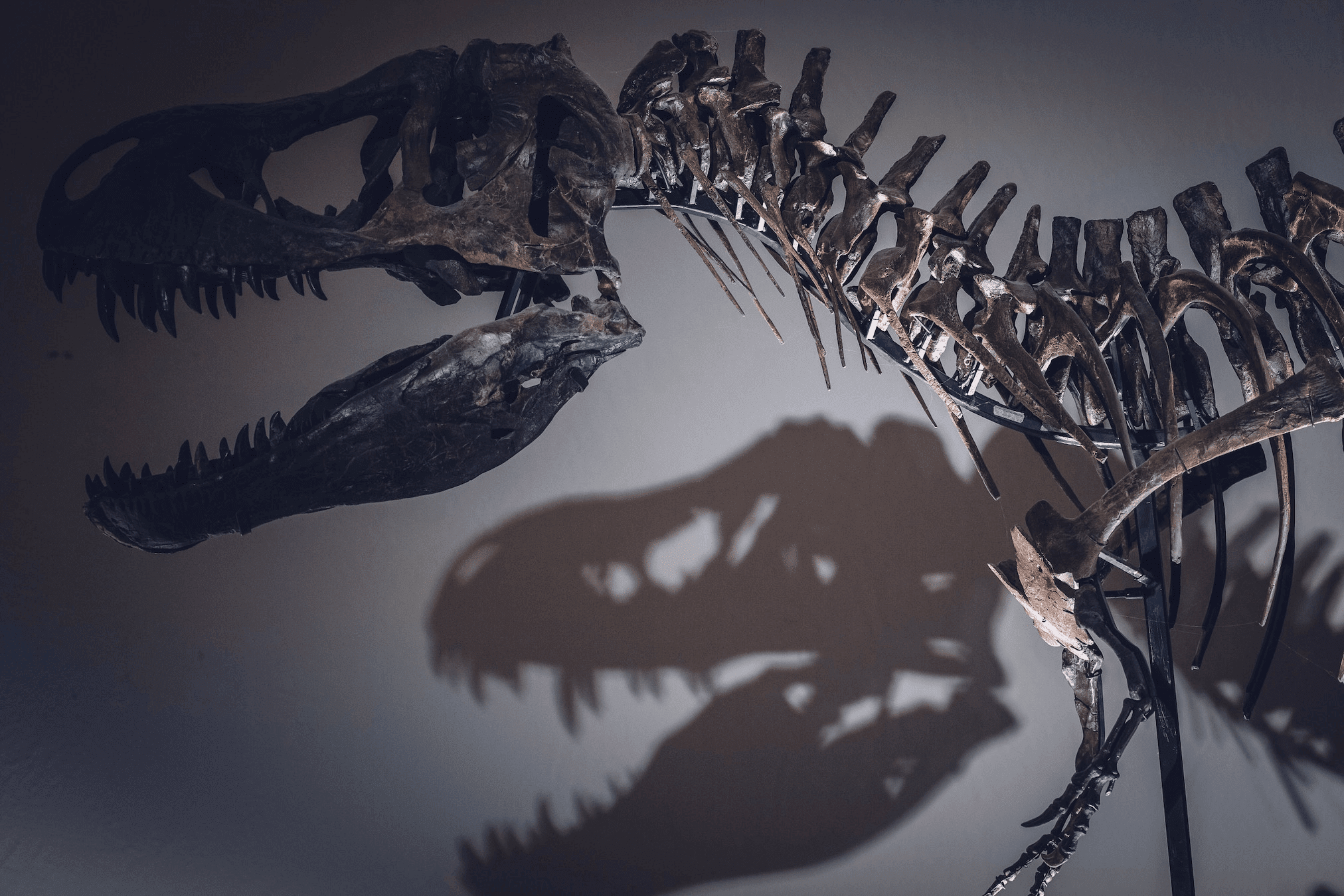Secret Survival
65 million years ago a meteorite shower rained down on our planet and wiped out the Earth’s top line predators. Or so we thought. The hunt for information on how we evolved to dominate the planet and the history of what came before us has continued unabated, and new evidence has come to light.

Nearly 175 years ago the Royal Society of Tasmania (RST) was established, the third society of it’s kind in the world, and the first outside of the UK, with a mission to advance knowledge in Tasmania. It is a mission that it still carries out today.
It does this by being a bridge between the community and scientists at the forefront of discovery. To that end the Tasmanian Museum and Art Gallery (TMAG) was formed out of the Royal Society. Together, TMAG and RST, along with Gondwana Studios, have designed an exhibition, the first of its kind and the biggest the state has seen, to celebrate 175 years of knowledge sharing in this state. It will be a once in a generation event… that will reveal how dinosaurs took flight and escaped extinction.
“The Dinosaur Revolution – Secrets of Survival follows the two different evolutionary lines of the dinosaurs,” said exhibition creator Peter Norton of Gondwana Studios.
“New evidence is being found almost every day, and it now shows us that one lineage of dinosaurs did in fact survive the mass extinction 65 million years ago.
“The Theropod dinosaurs had feathers, which allowed for flight or gliding and faster movement than the other dinosaurs. It was about survival, and the theory now is that birds are living dinosaurs.
“There are things in this exhibition that are jaw dropping. There is plenty of evidence to show that dinosaurs had quills and feathers. Scientists have found relatives of T–Rex, slightly smaller, with fossilised feathers, so there is a lot of evidence now that suggests that T–Rex was actually a feathered fluffy giant.”
The exhibition will include skeletons, each represented by an artwork, possibly life–size, showing what the dinosaur looked like. Information panels will guide patrons through the evolutionary story.
Janet Carding, Director of TMAG, said that dinosaurs are very important in research terms.
“We’re learning more about them every week about how dinosaurs are around us as the birds we know – and Tasmania has wonderful and unique birds. Part of our job is to tell the story of Tasmania, to illustrate how it all fits together. So telling the story of how dinosaurs were feathered and how they evolved into birds fits very well with our mandate.”
The economic outcomes of an exhibition of this magnitude would be far reaching in Tasmania.
“To achieve the tourism targets in Tasmania we need to build our creative infrastructure.
We need a museum and art gallery where there is always something new going on. It provides a draw card for people to visit the state, and a draw card for residents to come into the CBD, which benefits the local economy, local businesses and local hotels – in fact, everybody benefits.
“And I know it will be popular. We had a children’s festival last year and we asked all the children, what is the number one thing you would like to see at TMAG, and they said a dinosaur exhibition.”
Matt King, President of the RST, said: “it is also about raising aspirations and exciting people of all ages.”
“The Royal Society has a long history but we can’t afford to do this massive exercise ourself – so we are looking for partners.
“Partners who want to raise aspirations, who want to encourage families to invest in science, technology, engineering and mathematics, the things that we know are the future of Tasmania. Here is an opportunity for people to get involved in that.”